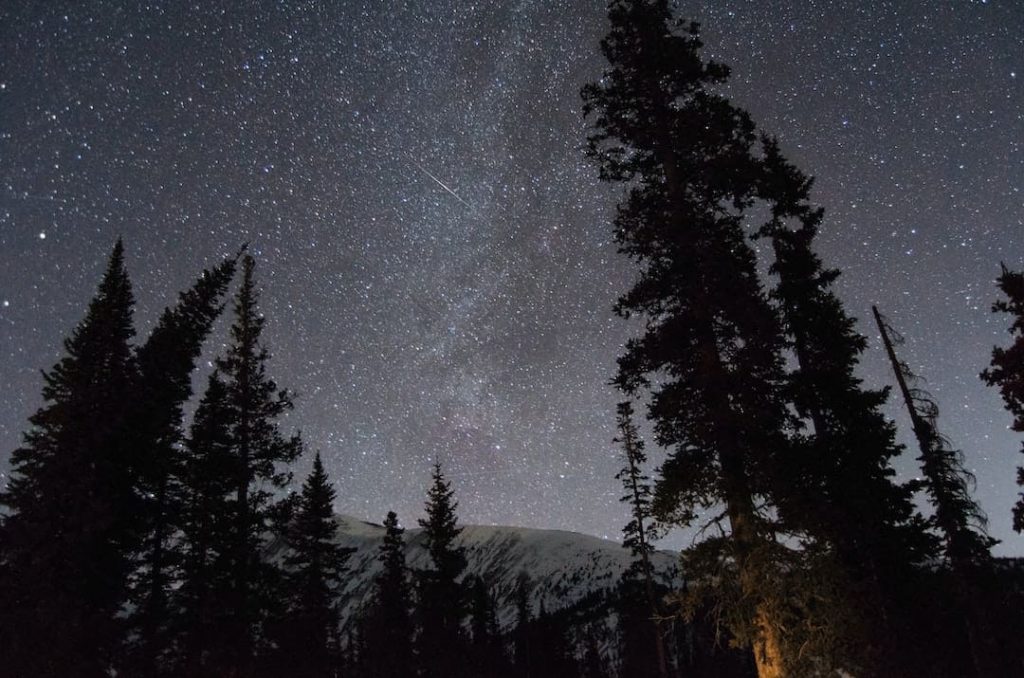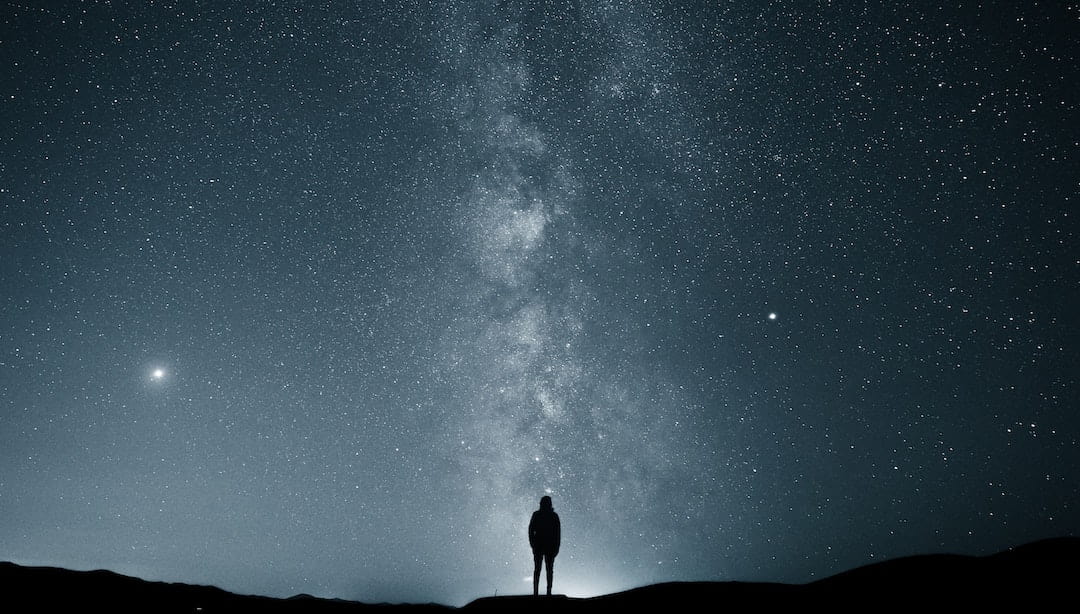International travel may still feel out of reach for many of us right now, but that doesn’t mean you can’t plan an out-of-this-world holiday that’ll have you feeling as though you’ve travelled to a destination far, far away.
Enter: the stargazing staycation — AKA a close-to-home getaway scheduled around one of the best skywatching events of the year: the Perseid meteor shower.
Stargazing holidays have been booming in popularity in recent years, and although dark-sky sites in popular hotspots like Chile are currently off-limits to international visitors, it’s still possible to chase the cosmos in your own backyard and plan a star-studded staycation in the process.
Plus, a stargazing staycation has everything you could ever want in a 2020 escape: wide-open spaces, off the beaten track destinations, and the opportunity to connect with Mother Nature in a profound and meaningful way.
Haven’t heard of the Perseid meteor shower? Don’t know the first thing about planning a stargazing getaway? No problem! You’ll find all the essential details — including the best time to view this celestial fireworks display — along with top tips for planning an astro-escape below.

The Perseid meteor shower 2020: What you need to know
What is the Perseid meteor shower?
Touted as one of the best and most active meteor showers of the year, the annual Perseid meteor shower runs between mid-July and mid-August as the Earth passes through debris left behind by Comet Swift-Tuttle.
The reason this meteor shower is a can’t-miss event for stargazing enthusiasts is because it’s among the most spectacular celestial events of the year: you can expect to see upwards of 60 meteors streaking across Earth’s atmosphere every hour during the display’s peak.
When can I see the Perseid meteor shower?
Though the Perseid meteor shower is visible between July 17th and August 24th, the peak viewing period falls during the predawn hours of August 11th, 12th, and 13th.
This is the most active time, and stargazers can expect to see dozens of meteors shooting across the sky every 60 minutes (as long as the skies are clear and conditions are ideal, that is).

What’s the best time to catch the meteor shower?
The best time to see any type of astral event is at night when the sky is at its darkest.
For meteor showers, the prime viewing time typically falls between midnight and the wee hours of the morning — from 12:00am to 5:30am. You’ll want to stay up late or wake up super early for this one!
Where is the Perseid meteor shower visible?
The great thing about this spectacle of shooting stars is that it can be seen from any location around the world. (Bear in mind the showers typically aren’t as bright in the Southern Hemisphere.)

How to plan a stargazing staycation
- Choose a dark-sky staycation destination. This could be anything from a designated dark-sky park, a countryside retreat, or an off-grid campsite. Try to get as far away as possible from city lights and any other light pollution.
- Find an area with a clear view of the horizon. When searching for the perfect meteor-viewing site, look for a spot that’s away from obstructions like tall trees and buildings. The more sky you can see, the better.
- Check the weather forecast ahead of time. If inclement weather is in the forecast, it’s best to choose a different date to view the Perseid meteor shower. Choose one of the days leading up to the peak (which is August 11th – 13th) as they tend to be more promising for meteor activity.

- Pack accordingly. Unlike other celestial events, you don’t need any special equipment to view a meteor shower — just your eyes. You will need some essentials to make the most of your viewing experience, though: think reclining chairs, comfy blankets, snacks, and a thermos filled with a hot drink.
- Leave the binoculars at home. Using binoculars will reduce the amount of sky you can see at one time and hurt your chances of spotting streaking meteors. The best thing to do is simply relax your eyes, try not to look in one specific spot, and keep your field of vision as open as possible.
- Adjust to the darkness. It takes around 20-30 minutes for your eyes to adapt to the darkness, so avoid looking at your phone or any other devices with bright screens while you’re gazing skyward.
- Be patient. Dazzling displays of shooting stars tend to come in spurts and you can expect some lulls in between the action, so be patient and give yourself an ample amount of time to sit back and observe the night skies.


